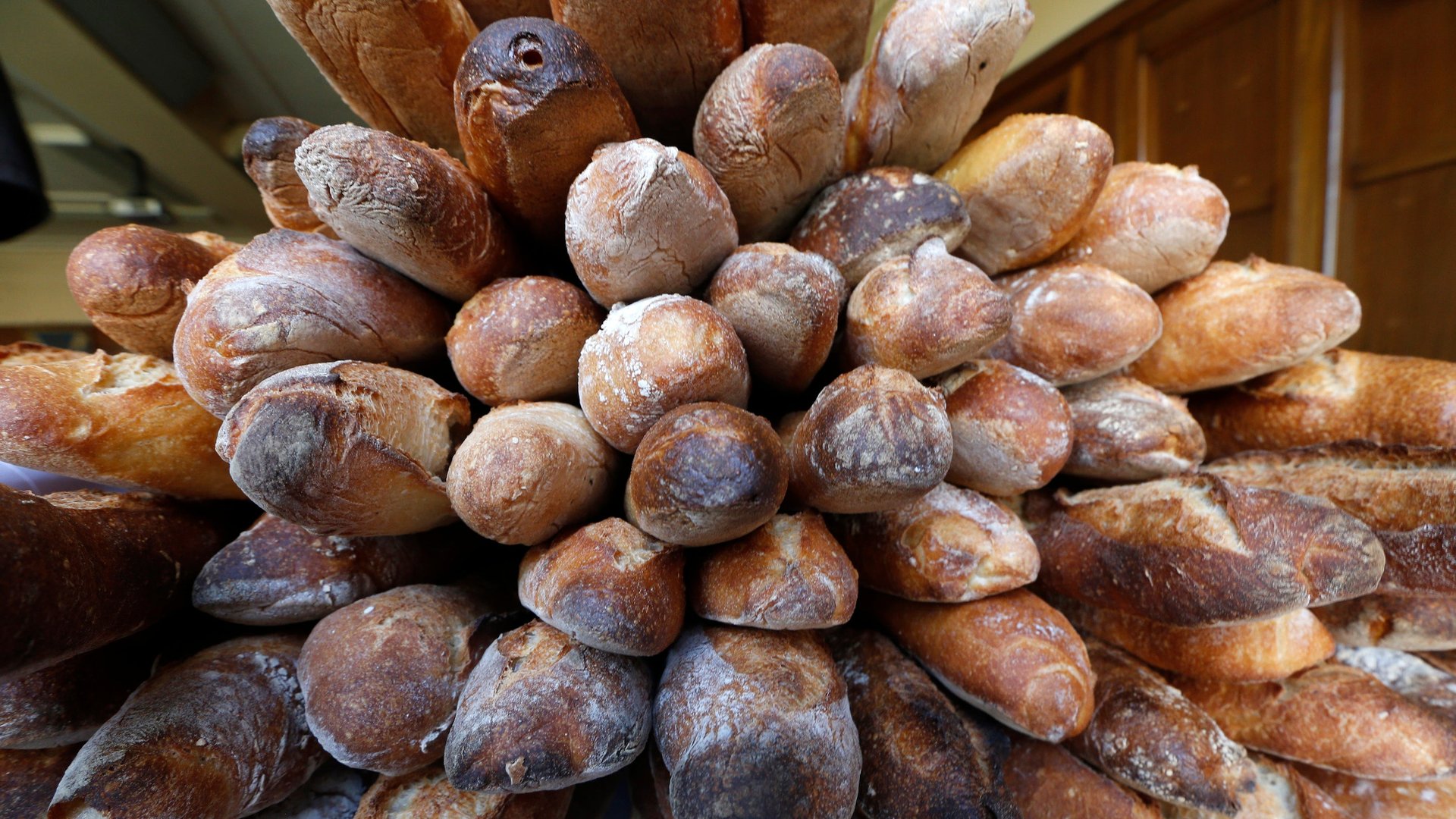Food scientists say they’ve found a way to make gluten-free bread taste delicious at last
Gwyneth Paltrow, Miley Cyrus and the clean-eating bloggers of Instagram have all helped propel gluten-free foods out of health-food stores and into the aisles of Whole Foods and Wal-Mart. But anyone who’s gotten curious about the craze and sampled gluten-free bread or cake from the grocery store has probably discovered what sufferers of Celiac disease have long known: it doesn’t taste very good.


Gwyneth Paltrow, Miley Cyrus and the clean-eating bloggers of Instagram have all helped propel gluten-free foods out of health-food stores and into the aisles of Whole Foods and Wal-Mart. But anyone who’s gotten curious about the craze and sampled gluten-free bread or cake from the grocery store has probably discovered what sufferers of Celiac disease have long known: it doesn’t taste very good.
The problem is a structural one. Gluten, a protein found in wheat, rye, and barley, is unique in its ability to form an “elastic network” when we combine it with water and knead or mix the dough. It’s what makes our brioche springy and gives cakes their delicate crumb. Cereals and grains like rice and buckwheat, which are often milled into gluten-free flours, lack this important component.
Now two inventors and food scientists from the land of pizza, pasta, and pastries may have come up with a quality gluten substitute at last. Italian scientists Virna Cerne and Ombretta Polenghi were honored this week at the European Inventor Awards in Lisbon for their isolation of a protein called zein that is found in corn. Under the right conditions including temperature, moisture, and pH, zein forms an elastic network similar to gluten.
“Today the gluten-free products include a lot of fiber but the fiber cannot be really elastic,” says Cerne. “Once the zein protein is isolated, it can be added to different gluten-free flours like rice or corn flour and it solves the problem of no elasticity.”
Zein-infused products are still in the research and development phase. But the hope is that because the protein is found in corn, which is widely and cheaply cultivated, it will provide more affordable gluten-free alternatives.
Cerne and her co-inventor Polenghi, who are both employed by the Italian-based food company Dr Schär, say that their focus is on people who have serious medical reasons to avoid gluten. An estimated 1% of people worldwide suffer from Celiac disease, and other medical conditions may also be associated with gluten sensitivity. But industry analysts say the growing market for gluten-free products is largely driven by lifestyle choices rather than medical necessity. A report published by the industry researcher Tech Navio in December highlighted wellness culture, demand from millennials and robust marketing around gluten-free foods as main drivers of this trend.
This gluten-free craze has come as a surprise to Cerne, who has been researching gluten for 20 years. Both inventors say there is no scientific basis to avoid gluten if you are not celiac or diagnosed with gluten sensitivity. “In the past only people who really need the gluten-free diet buy our products,” Cerne says. “Today there are people that don’t need it but they want to change the taste of their food, or they think it’s healthier.”
But the two Italians are invested in helping people who must avoid gluten enjoy their carbs—and they’re committed to ensuring their pasta, cakes, and loaves of breads up to par.
“We taste gluten-free products 10 times a day,” says Polenghi. “We are very organized in terms of what we call ‘sensory evaluation,’ with a panel of ten taste-tasters who give an objective evaluation of our products’ softness, crunchiness of crust, dimensions, cereal aroma, sourness, saltiness, and sweetness. We want people to enjoy our food.”